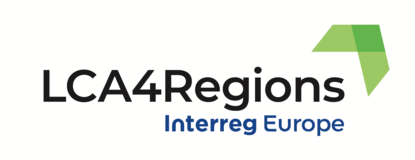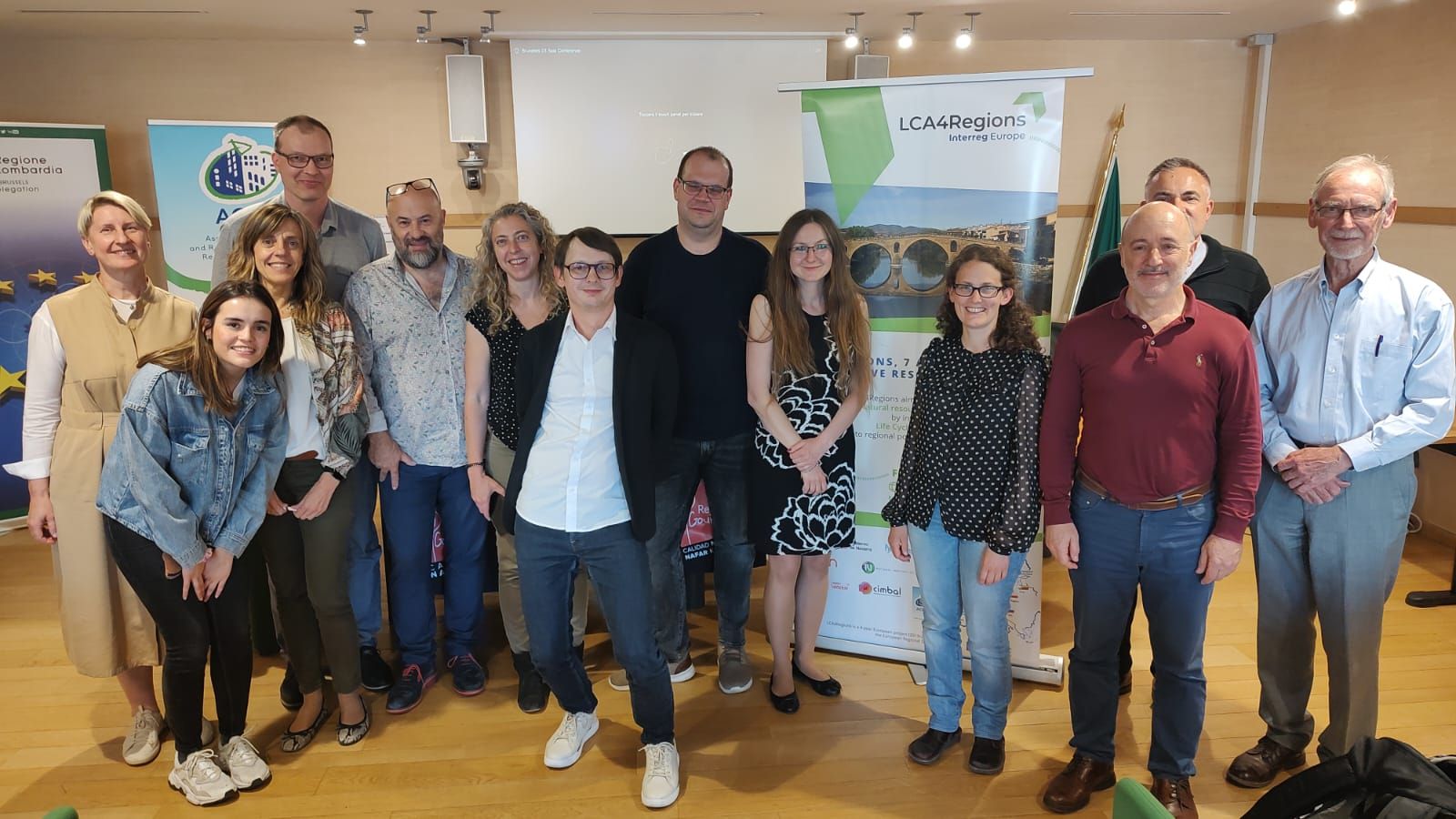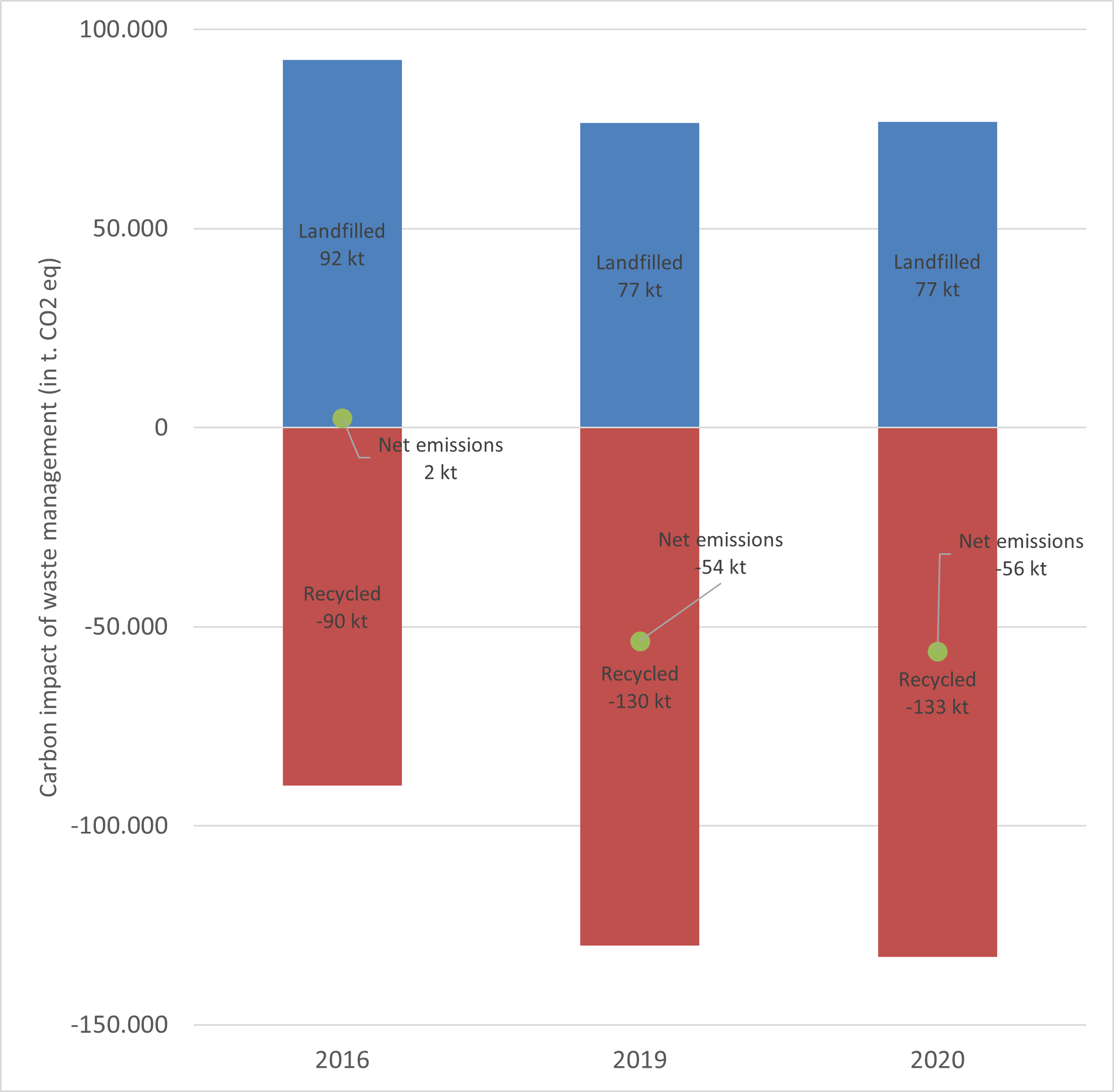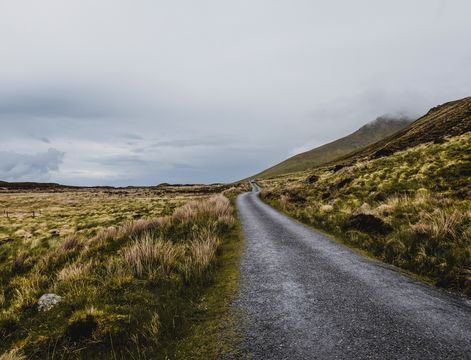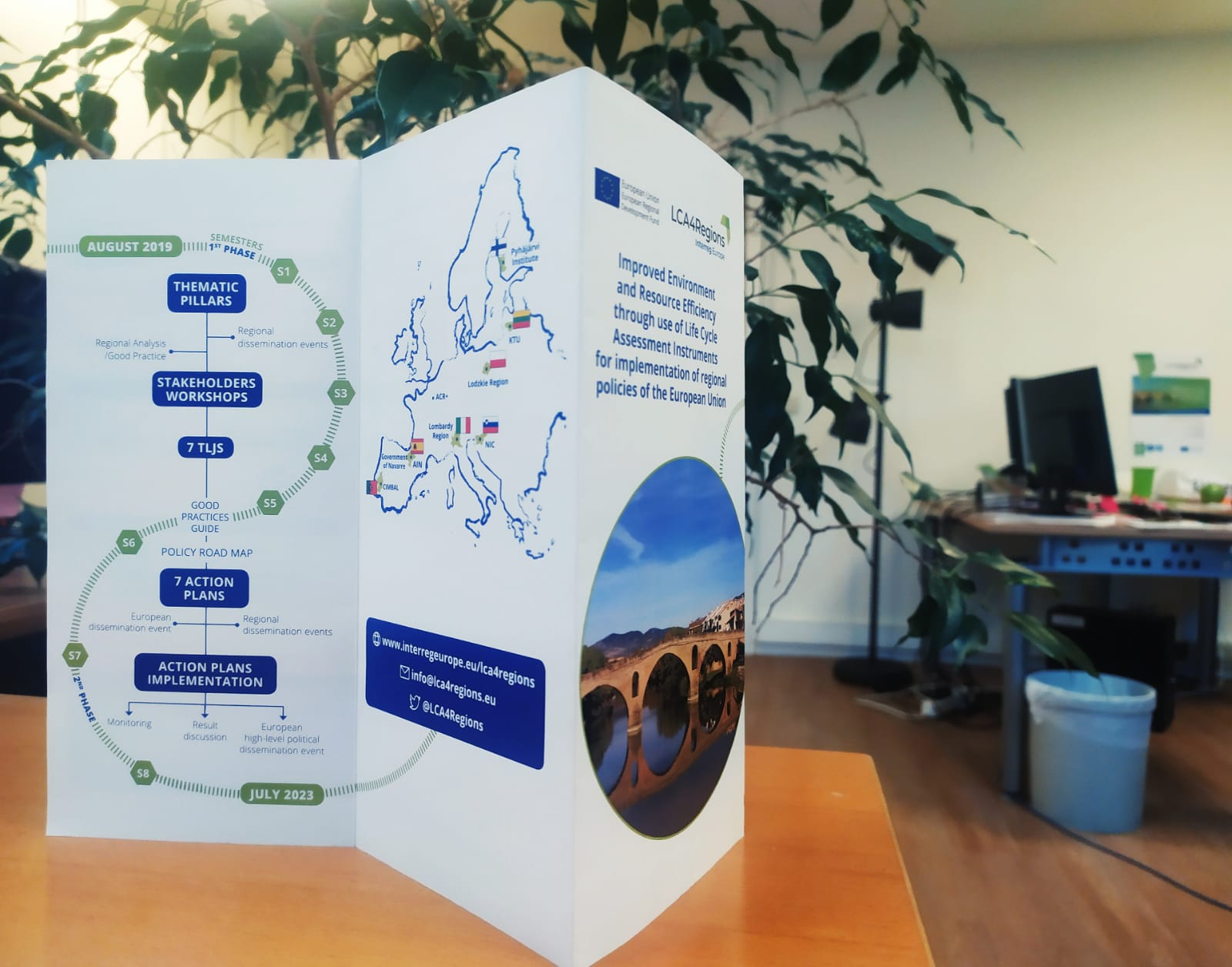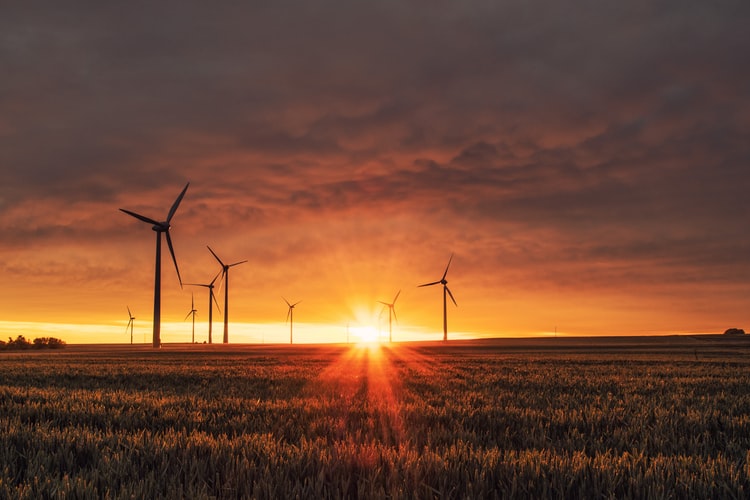19 Good Practices were presented during our 3rd TLJ (detailed in the Transnational Learning Document). Fritz Balkau, LCA4Regions expert, reviewed them from a life cycle perspective.

All GP submitted focused on local priority waste types and showed a common concern over GHG from energy use, demolition and construction waste, biomass waste of several types (agricultural and forest residues, food waste), and recycling of packaging and other materials (including food).
The GP mainly focused on SDGs linked to climate change via reduced carbon footprint, with rather lower emphasis on other issues, although several LCA examples did take into account eutrophication, freshwater acidification and land contamination. Several GPs were aimed at facilitating waste handling directly, while others promoted lower-impact products for use within the region. Waste recovery and recycling were prominent among the GPs that show a range of interesting waste management initiatives in regions. Most GPs have incorporated extensive stakeholder participation in their execution, a welcome feature not always seen in past waste policy practices.
The GPs highlighted common challenges to be addressed by regional governments. In particular, all face data shortages, whether for LCA or for decision-making generally. The lack of suitable local data to underpin life cycle evaluations needs to be urgently addressed by regions. Regional data systems include the use of materials and waste flow mapping (e.g. through MFA), and use of secondary materials and biomass atlases to identify opportunities for resource recovery rather than simple disposal. LCA procedures would be much improved through the establishment of such regional data systems as this would reduce the reliance on global databases that do not always reflect the situation locally.
While the GPs addressed a broad range of wastes and sustainability issues, their use of LC methods is often limited, being largely restricted to LCA, LCC and GHG calculations. Certainly, several GPs have already obtained good results in using LCA to define waste options and policy directions. LCA was helpful in comparing technical alternatives for waste handling, or for identifying products that had fewer waste implications. Systematic calculation of carbon footprints was popular, and helped to quantify the benefits of actions being carried out. Nevertheless an enlarged vision of LC tools would bring additional benefits. LCC was the least used of the methods observed, despite its universal utility in costing out the various options in the waste sector. The GPs could benefit from using MFA given its ability to track materials flows, thus assisting development of policies that address future waste streams. Further, it would be encouraging to see also some examples of social LCA techniques that can give early warning of disruption to the region’s social fabric due to controversial waste issues (and not only wastes). Systematic stakeholder mapping through sLCA can also identify partners who can assist in building effective waste management systems. It is also recommended that future LCAs give increased visibility to biodiversity, water resources, land-use and toxic substances.
What should be the next steps in bringing LCA more deeply into GPs? While a good number of GPs used a formal quantitative LCA approach, others refer to LCA only in a very general way, without defining the scope of the thinking behind it, nor describing how it was used. Even the LCA-based GPs could still be enhanced by enlarging their scope i.e. by taking upstream/downstream factors more systematically into account. At present they tend to take the waste flow as a given, without exploring reduction measures (as required by the waste policy pyramid). No GP has gone so far as to question the consumption patterns that have contributed to regional waste challenges – i.e. minimising waste generation at the source (recall SDG #12 on Responsible Consumption Patterns). Some have indirectly dealt with the avoidance route by assessing alternative products, but this is not the same as questioning the generation pattern of waste in the first place. As well, end of life issues have also not so far been prominently incorporated into the GPs, as for example in the fact that recycling nearly always results in further secondary waste streams that still contain most of the pollutants. To be rigorously addressing a ‘life cycle’ way of thinking, all the GPs could still go further, certain among them further than others.
To conclude, with this TLJ we saw a useful and interesting set of methods and initiatives, a good number of which used an LCA approach in building up their waste management experience. But not all are yet fully life-cycle focused, and some have not yet attempted a quantitative assessment. With some notable exceptions, most could consider to incorporate a broader set SDG issues than only ‘waste’ and ‘GHG’.
